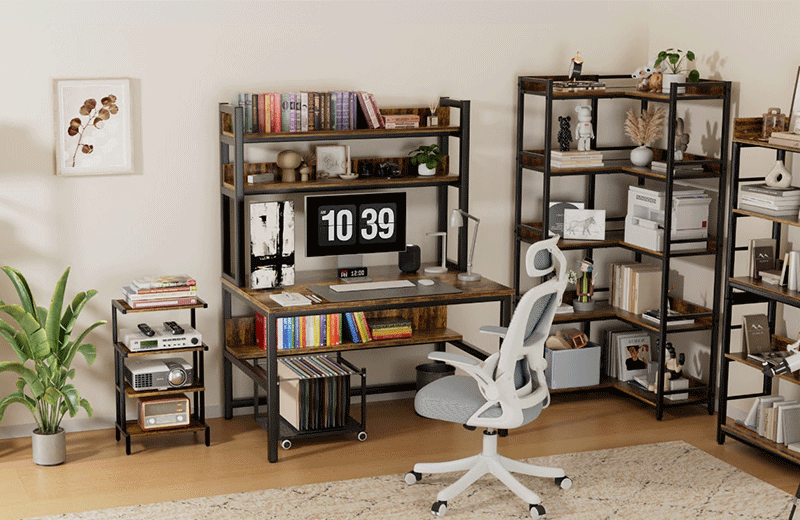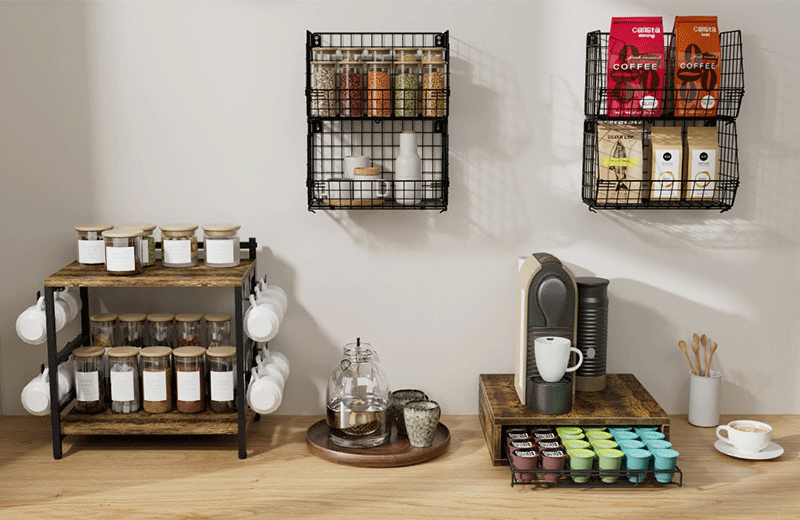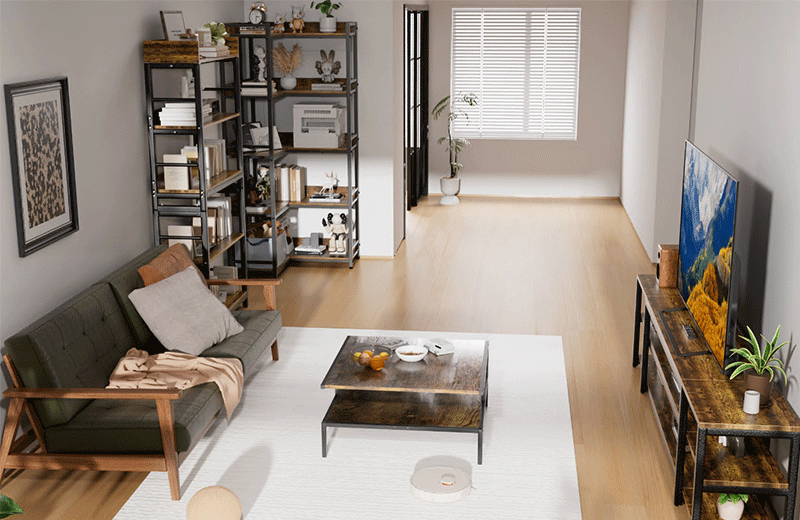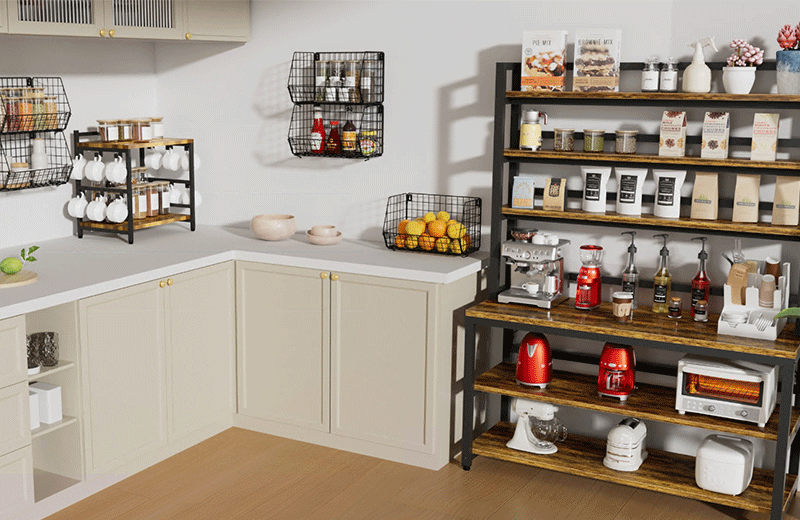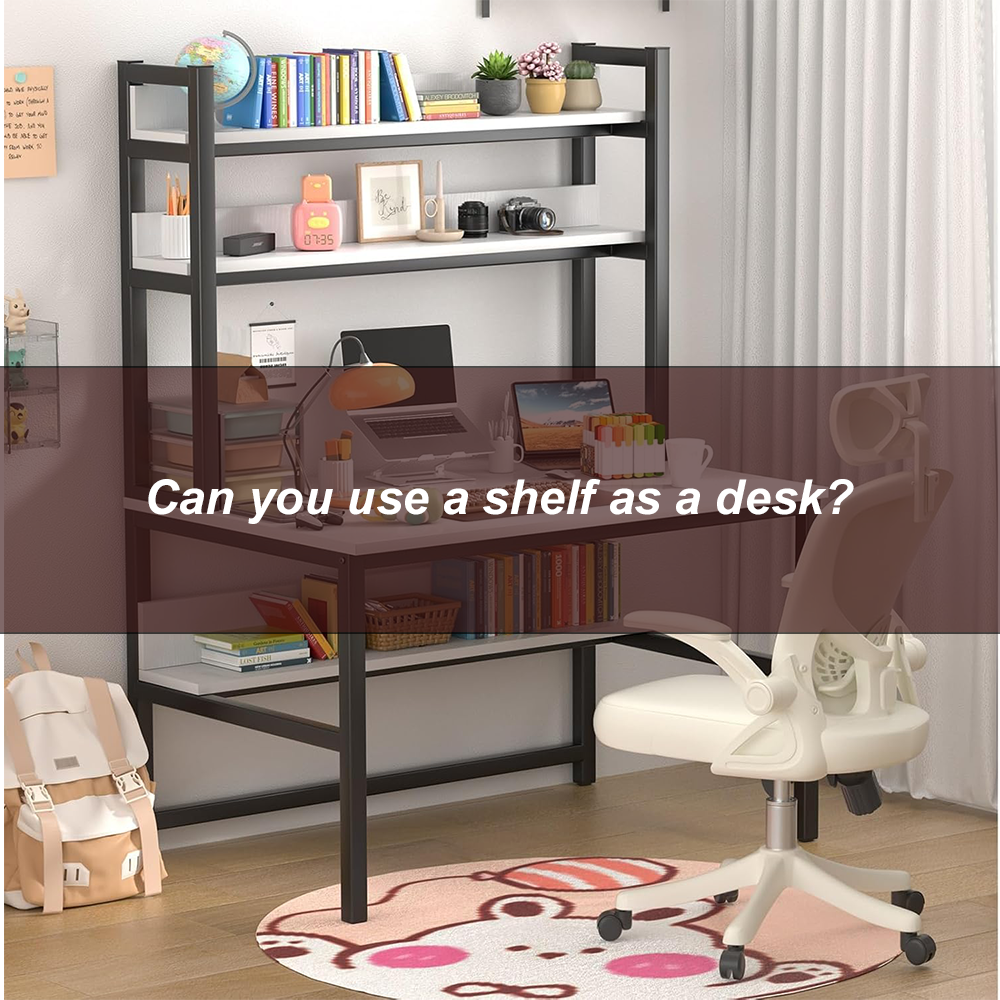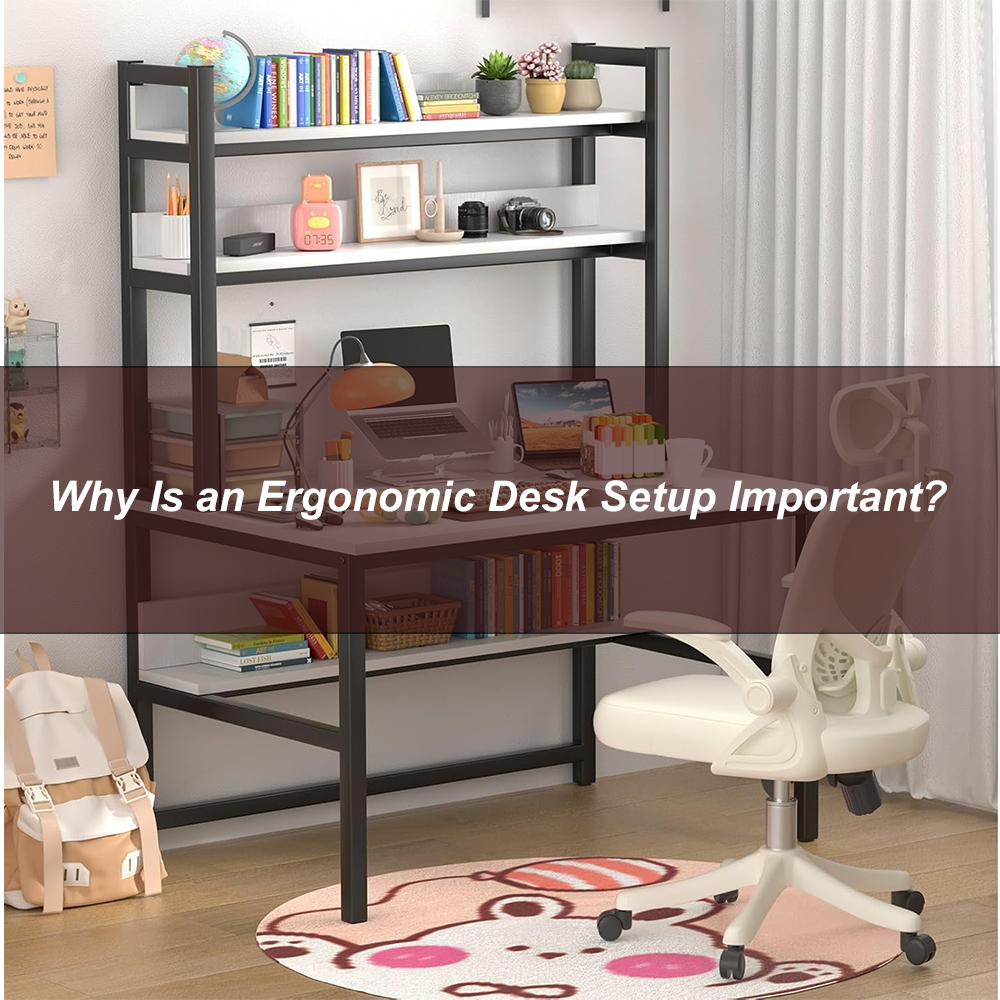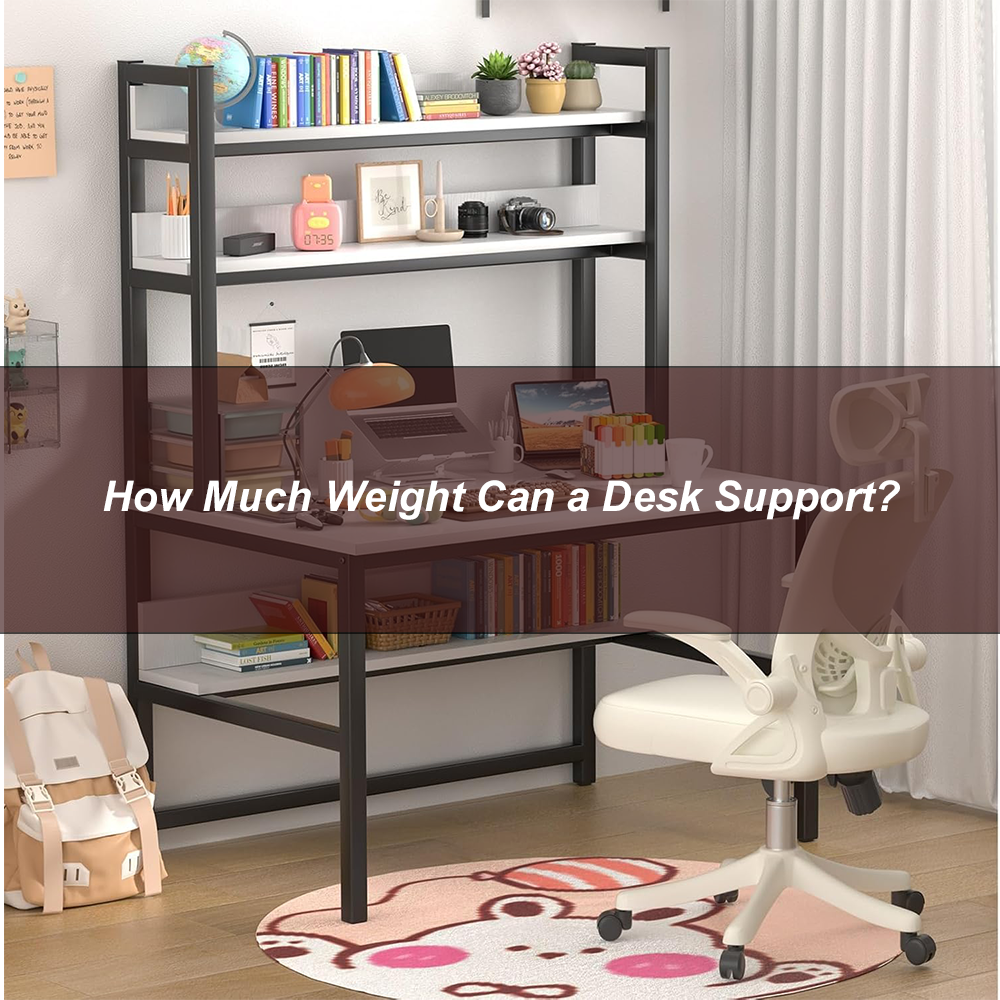Certainly, transforming a shelf into a desk is possible, but it requires careful consideration of several factors, including the shelf's type, installation, and intended use. A robust, well-mounted shelf can function as a desk for light tasks such as writing, reading, or laptop use. However, for heavier activities or equipment, you must ensure the shelf is adequately strong and supported.
Advantages of a Shelf-Desk
- Space Efficiency: Shelves minimize floor space usage, ideal for small spaces like apartments or dorms, by providing a workspace without taking up valuable floor area.
- Customizable Height: You can set the height of a shelf to suit your needs, which is beneficial for creating an ergonomic setup for comfortable typing and writing.
- Cost-Effective: Using an existing shelf or buying a simple wall-mounted one is often cheaper than a traditional desk, making it attractive for budget-conscious individuals.
- Aesthetic Appeal: A shelf-desk can give a clean, modern look to your space, blending well with your decor for both functionality and visual appeal.
- Versatility: A shelf can serve dual purposes, acting as a storage or display area when not used as a desk, making it excellent for multipurpose rooms.
Challenges of a Shelf-Desk
- Weight Limitations: Shelves are not designed to bear the same weight as desks, so for heavy items like desktop computers or multiple monitors, you must ensure the shelf and its supports can handle the load.
- Limited Surface Area: Shelves usually have less depth than desks, which can be an issue if a larger workspace is needed. Most shelves are 12–18 inches deep, while desks are typically 24–30 inches deep.
- Stability Issues: A wall-mounted shelf may not be as stable as a traditional desk and could wobble or detach if not properly installed or overloaded.
- Legroom Constraints: Depending on the installation, there might be limited space for legs under the shelf, making it uncomfortable for extended sitting.
- Lack of Built-In Storage: Unlike traditional desks, shelves often lack drawers or storage compartments, requiring alternative storage solutions.
Key Considerations for a Shelf-Desk
- Selecting the Right Shelf: Look for sturdy materials like solid wood or metal, sufficient depth for comfort, and adequate length to hold essential items.
- Secure Installation: Use heavy-duty wall anchors or brackets, mount into wall studs, and check the weight capacity to ensure safety and stability.
- Ergonomics: Install the shelf at a height that allows for a 90-degree elbow angle while typing, with the monitor at eye level, and ensure the chair provides proper back and leg support.
- Stability Enhancement: Reinforce the shelf with additional supports like brackets or legs for added stability.
- Space Optimization: Use additional floating shelves, wall organizers, or compact accessories to stay organized due to the lack of built-in storage.
Creative Shelf-Desk Ideas
- Floating Shelf Desk: A minimalist setup with a floating shelf at desk height, paired with a small chair or stool.
- Corner Shelf Desk: Maximize unused space with a corner shelf, creating a cozy study nook.
- Bookshelf Desk Combo: Designate a lower shelf of a tall bookshelf as your workspace, with upper shelves for storage or display.
- Standing Shelf Desk: Install the shelf at standing height for a standing desk, improving posture and reducing sitting time.
Is a Shelf-Desk Suitable for You?
Consider whether you need a compact workspace, if the shelf can support your equipment's weight, if you're comfortable with a smaller surface, and if you can install the shelf safely and securely. If the answers are affirmative, a shelf-desk could be an ideal solution.
Conclusion
A shelf-desk is a creative, space-saving, and cost-effective option that adds a modern touch to your home or office. With proper planning, secure installation, and ergonomic considerations, it can be both functional and stylish. However, weigh the limitations regarding weight, surface area, and stability before deciding on this setup. A shelf-desk proves that traditional desks aren't the only option for productivity, especially in small spaces or minimalist designs.

